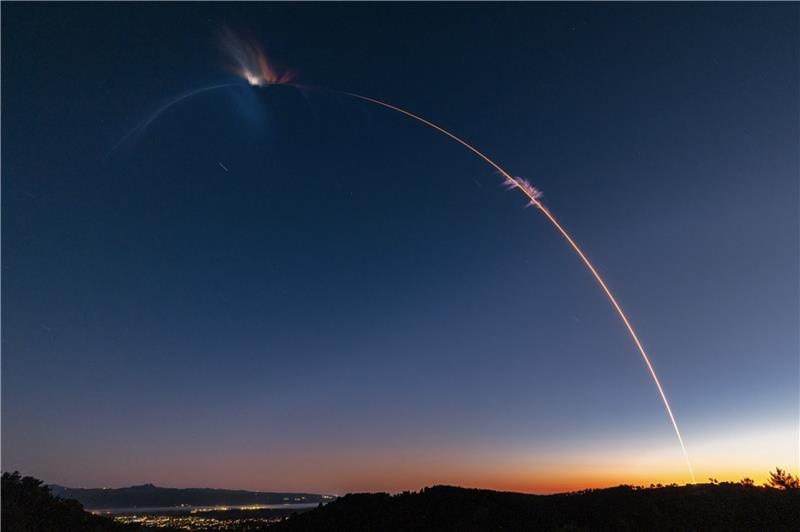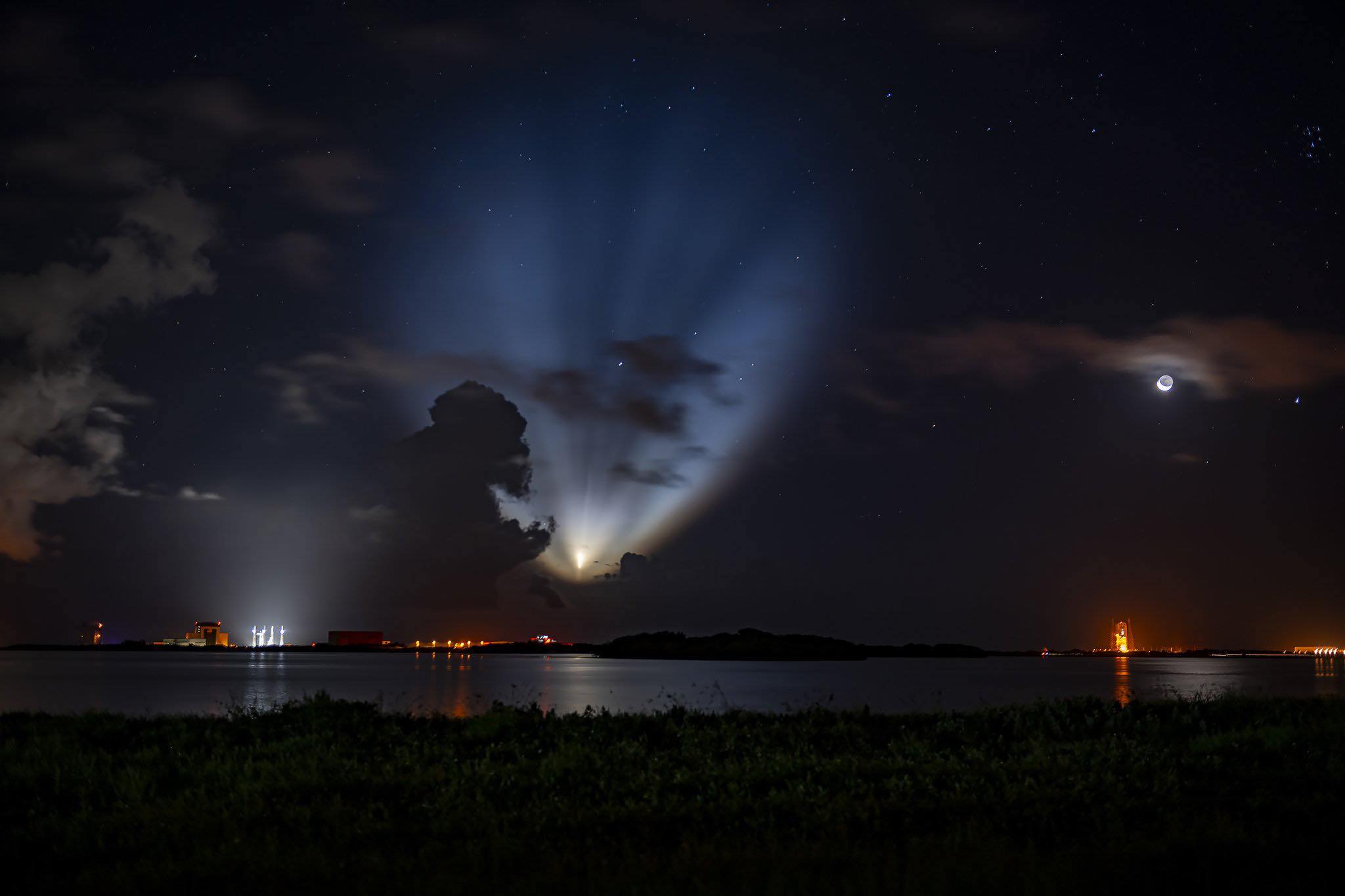
SpaceX launched and landed its first Falcon 9 of July early Wednesday morning, with a rousing pre-dawn liftoff of a 16-times-used booster out of Florida’s Cape Canaveral Space Force Station. Seasoned B1073—which suffered a dramatic T-0 pad abort last month after a pair of back-to-back weather-related delays—returned to flight in spectacular fashion, launching from historic Space Launch Complex (SLC)-40 at 4:55 a.m. EDT to deliver 20 new Starlink internet communications satellites into low-Earth orbit.
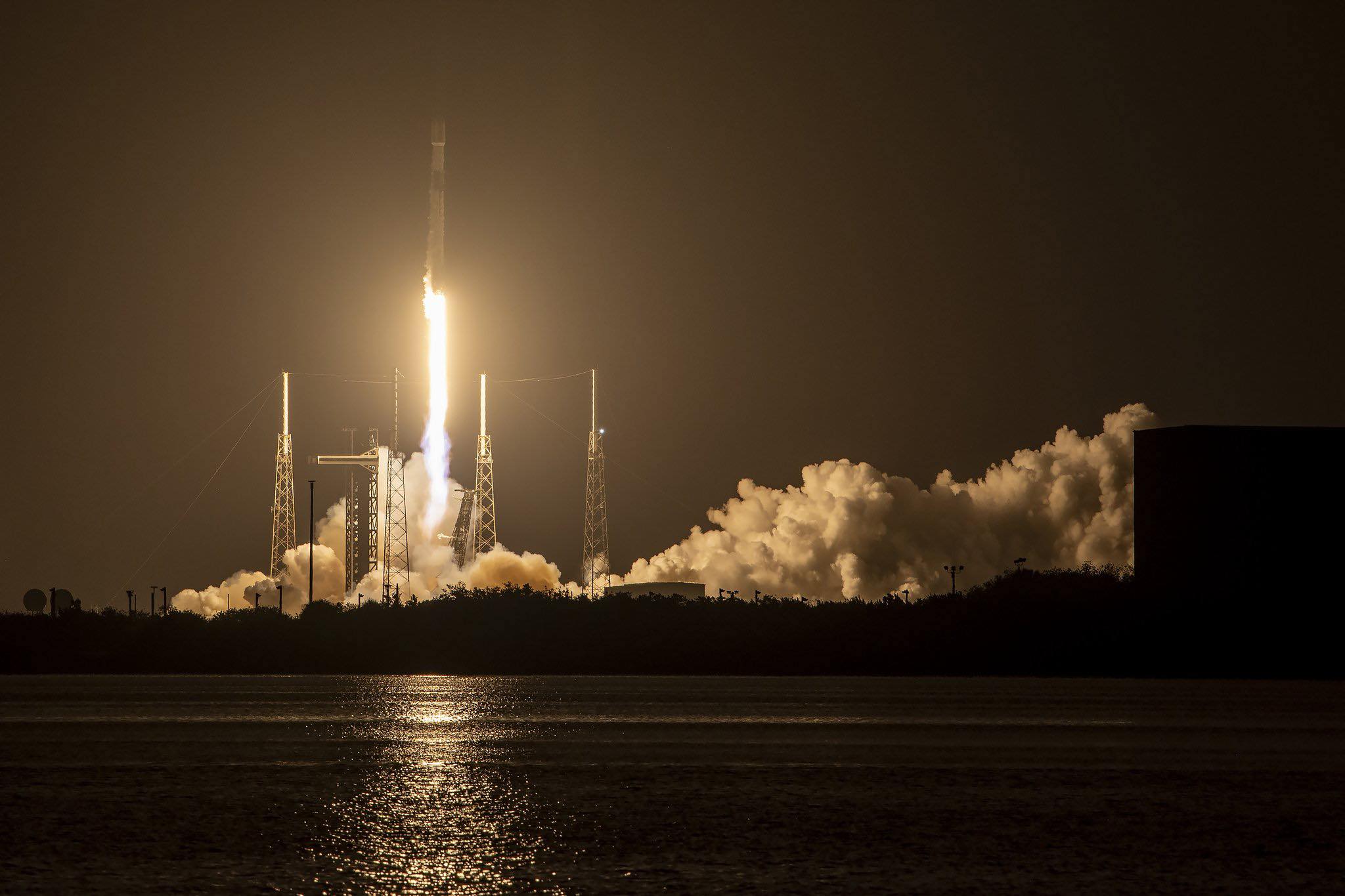

This morning’s flight marked SpaceX’s 68th launch of the year—counting 67 “single-stick” Falcon 9 missions and last week’s outing of the triple-barreled Falcon Heavy with the latest Geostationary Operational Environmental Satellite (GOES-U) for the National Oceanic and Atmospheric Administration (NOAA)—and continues a pace which has seen an average of a launch every 2.7 days since the beginning of January. That pace saw SpaceX achieve its first ten-mission month in January, its first eleven- and twelve-mission month in March and now its first 13- and 14-mission month in May.


Sixteen reusable Falcon 9 boosters—including a pair of brand-new cores which came online in January and March—have so far delivered more than 1,000 Starlinks, four large geostationary communications satellites for Sweden, Indonesia, Paris, France-headquartered Eutelsat and Luxembourg-based SES, two pairs of crewed and uncrewed missions to the International Space Station (ISS) and spacecraft destined to explore Earth’s oceans and atmospheric health and investigating the potential habitability of the Moon.


“Falcon launched 67 missions in the first six months of 2024,” noted SpaceX in a Tuesday tweet on X, “delivering nearly 900 metric tons to orbit so far this year.”
And as the flight rate increased, so too did the reusability statistics. Boosters reached 20 launches for the first time in April, then passed 21 in May and fleet-leading B1062 completed a record-setting 22nd mission last month. Added to that, in early March a new record of less than two hours was set between a pair of Falcon 9 launches and SpaceX achieved its first four-launch month out of Vandenberg Space Force Base, Calif., in January, before wrapping up its first five-launch West Coast month in May.
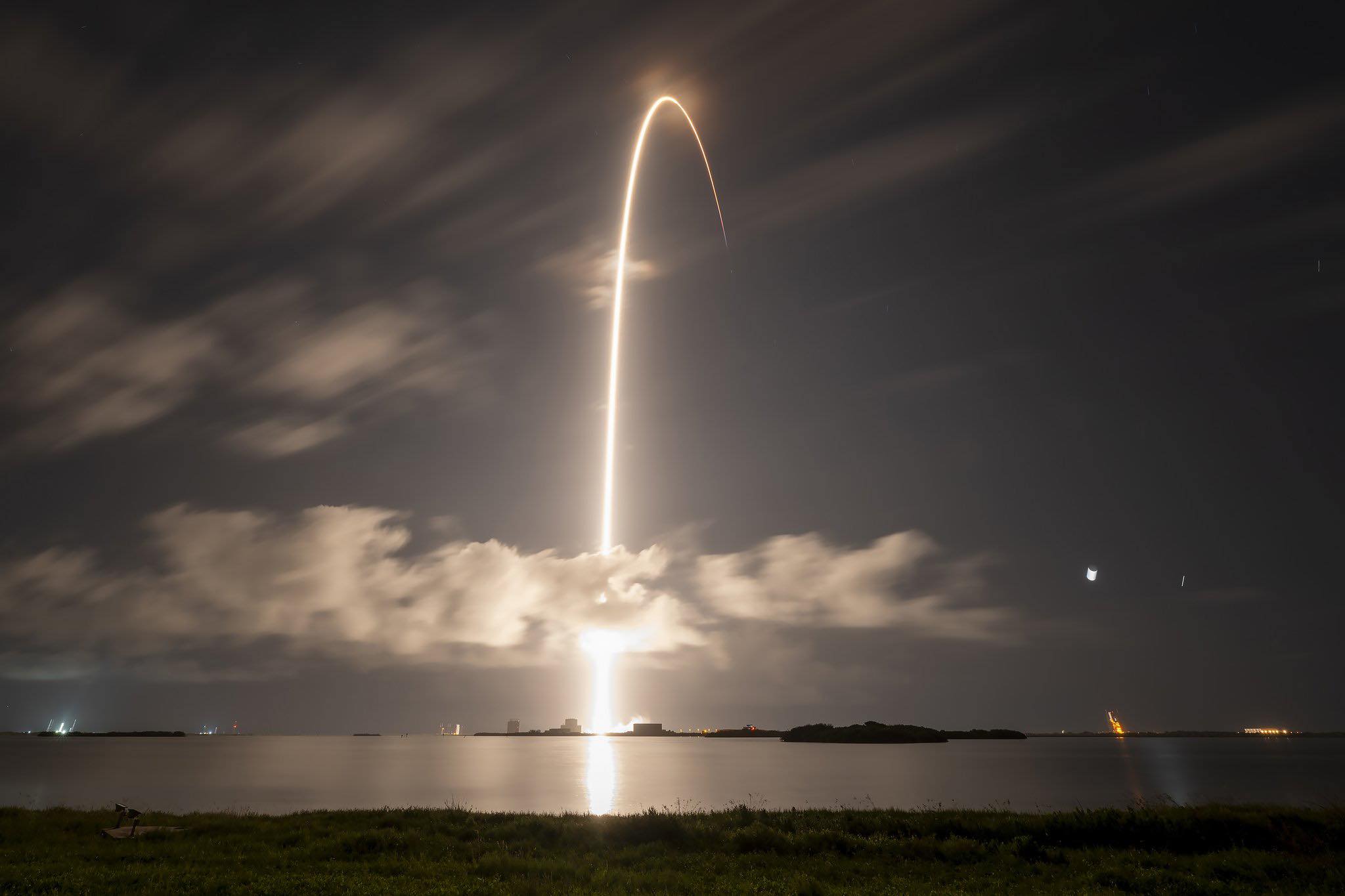

With June having ended after “only” ten launches, due in part to multiple East Coast weather delays which impacted three missions and B1073’s T-0 pad abort on the 14th, the month of July is expected to be a dramatic one. Weather forecasters from the 45th Weather Squadron at Patrick Space Force Base anticipated an 80-percent likelihood of acceptable conditions for an expansive “window” on Wednesday from 2:57 a.m. through 5:59 a.m. EDT, tempered by a slight chance of violating the Cumulus Cloud Rule.
In response to this weather picture, teams elected to move their preferred T-0 point deeper into the window and aimed for a launch at 4:55 a.m. EDT. Fueling of the 230-foot-tall (70-meter) Falcon 9 with liquid oxygen and a highly refined form of rocket-grade kerosene (known as “RP-1”) began shortly after 4:15 a.m. and B1073 sprang on time into Florida’s pre-dawn darkness for the 16th launch of her career and her fifth so far in 2024.


B1073 entered service in May 2022 and her 15 prior missions lofted more than 340 flat-packed Starlinks uphill, as well as the SES-22 and Amazonas Nexus geostationary communications satellites in June 2022 and February of last year and launched a lunar-bound mission in December 2022 with Japan’s Hakuto-R Moon lander, the Rashid rover for the United Arab Emirates (UAE) and NASA’s water-ice-seeking Lunar Flashlight. In March 2023, on her seventh mission, she was the most flight-seasoned Falcon 9 to lift a payload—human or cargo—to the ISS with the CRS-27 Cargo Dragon.
B1073 also supported the 300th outing by a Falcon 9 last January, helped cement new empirical records in March 2024 for the shortest interval between pairs of launches and a trio of launches and delivered the 11-payload Bandwagon-1 “rideshare” mission—including a raft of small satellites from the United States, Japan, India, South Korea and Australia—in April. With this morning’s launch, she becomes the ninth Falcon 9 booster to reach a 16th flight since July of last year.
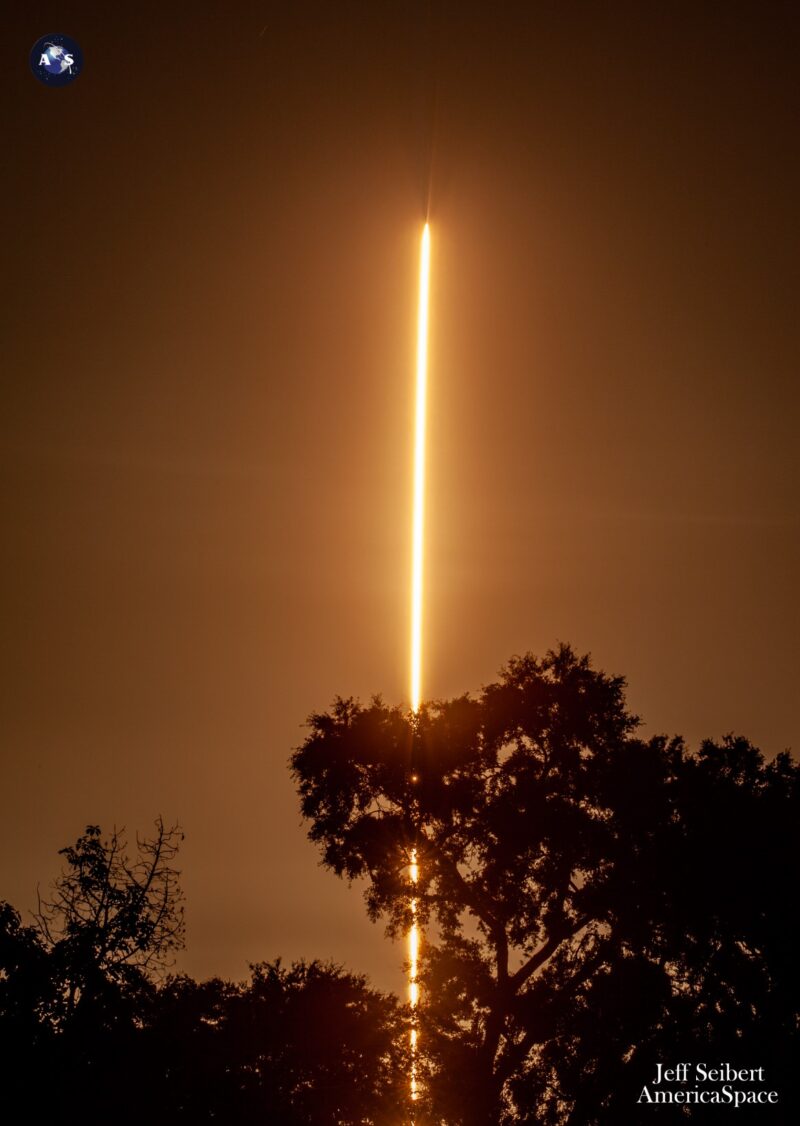

Eight minutes after liftoff, B1073 returned to alight on the deck of the Autonomous Spaceport Drone Ship (ASDS), “A Shortfall of Gravitas”, offshore in the Atlantic Ocean. Elsewhere, the Falcon 9’s second stage continued the boost uphill and the 20 Starlinks—including 13 “Direct-to-Cell” satellites—were deployed an hour after liftoff.
Nearly 6,700 Starlinks have been emplaced into orbit since May 2019. The network enables high-speed and low-latency internet provision to dozens of sovereign nations and international markets in North and South America, Europe, Asia, Oceania and Africa. In the month of May alone, Starlink connectivity became available in Uruguay, Indonesia and Fiji, with Sierra Leone and Madagascar joining the network in June, bringing to 80 the total number of sovereign nations or regions to be in full receipt of coverage.
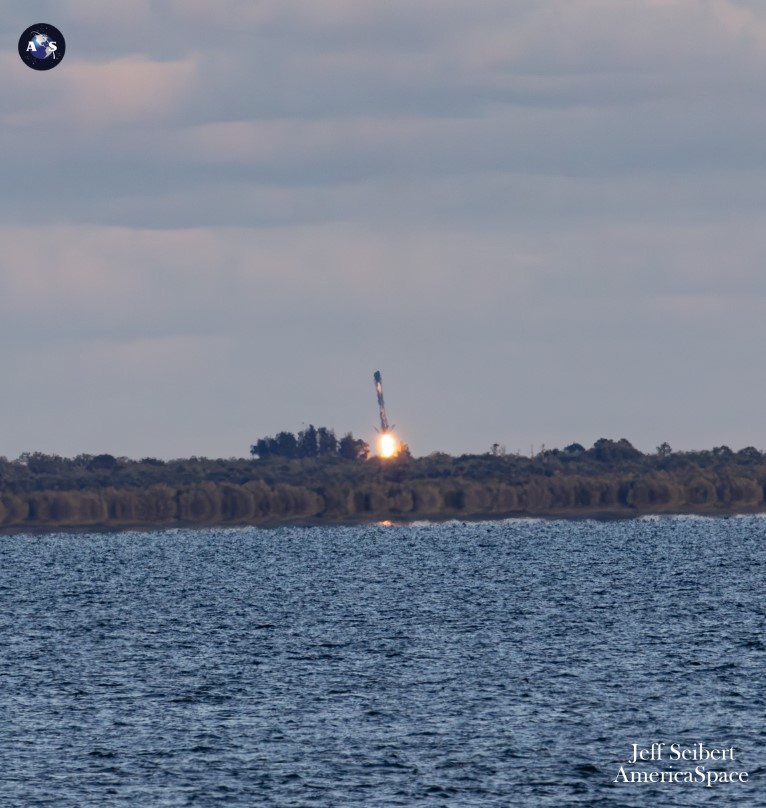

The downsized V2 Mini Starlinks, first flown in February of last year, boast three to four times greater “usable” bandwidth than earlier Starlink iterations. “V2 Minis include key technologies—such as more powerful phased-array antennas and the use of E-Band for backhaul—which will allow Starlink to provide 4x more capacity per satellite than earlier iterations,” SpaceX explained. “Among other enhancements, V2 Minis are equipped with new argon Hall thrusters for on-orbit maneuvering.”
And between January 2024 and this morning, SpaceX has now flown over 100 Direct-to-Cell Starlinks to permit mobile network providers to offer “seamless global access to texting, calling and browsing” whether “on land, lakes or coastal waters”, without the need to change hardware or firmware. The Direct-to-Cell satellites possess advanced modems which serve as a cellphone tower in space to eliminate dead zones with network integration similar to a standard roaming partner, according to SpaceX.
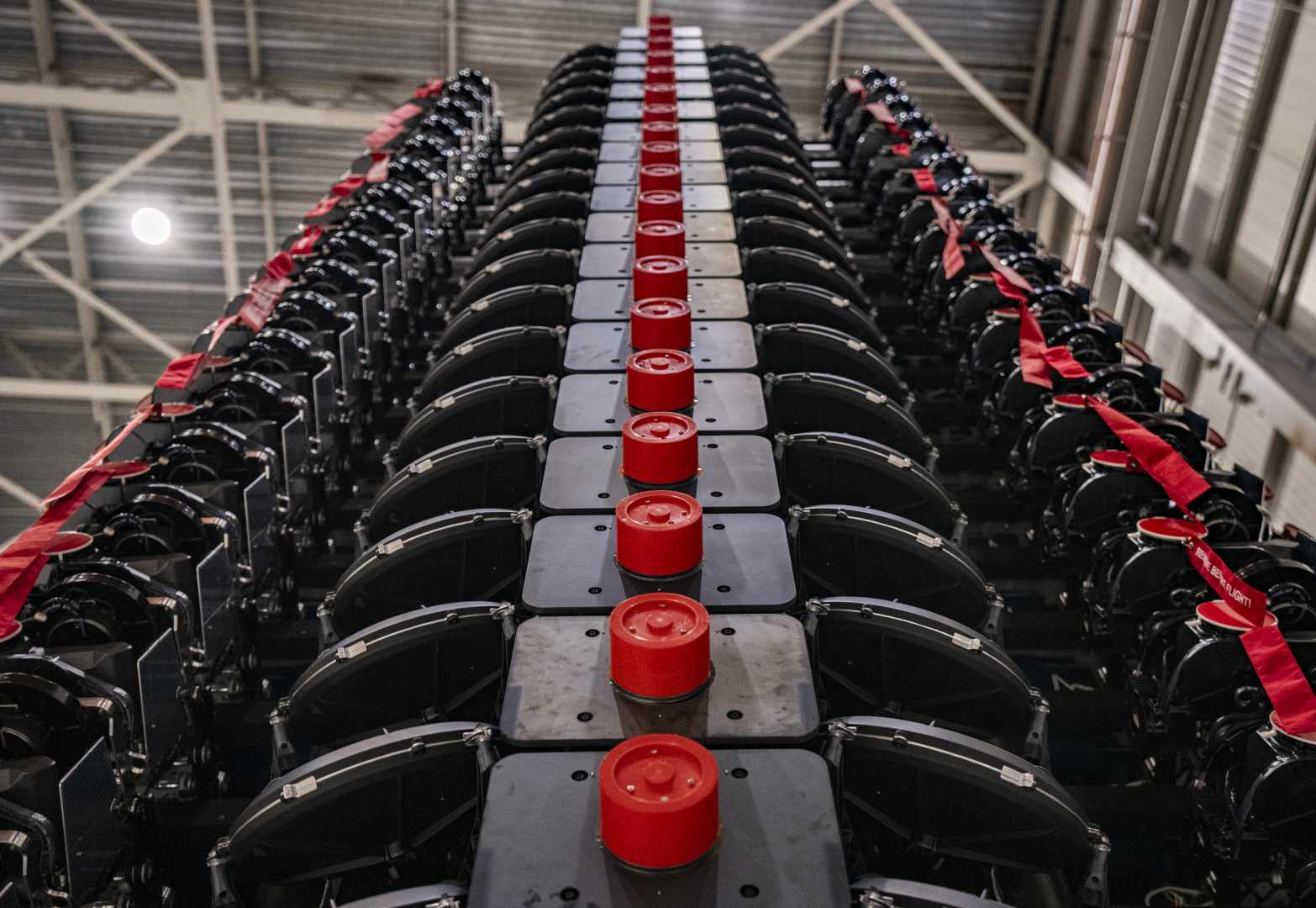

Florida-based intercity operator Brightline adopted Starlink on its trains in 2023, the first passenger rail service in the world to do so. Additionally, El Salvador’s Ministry of Education has begun integrating Starlink capability into its schools to help close the digital divide between urban and remote rural communities and 50 Rwandan schools are now connected via Starlink’s high-speed internet service. As of May, Starlink reportedly had about three million registered subscribers or customers worldwide.





